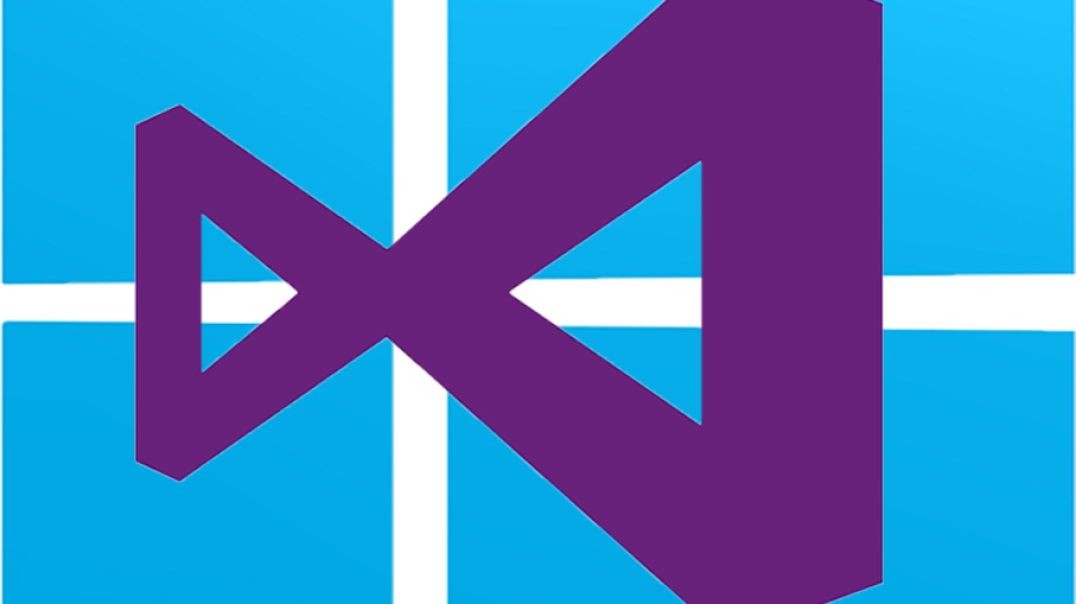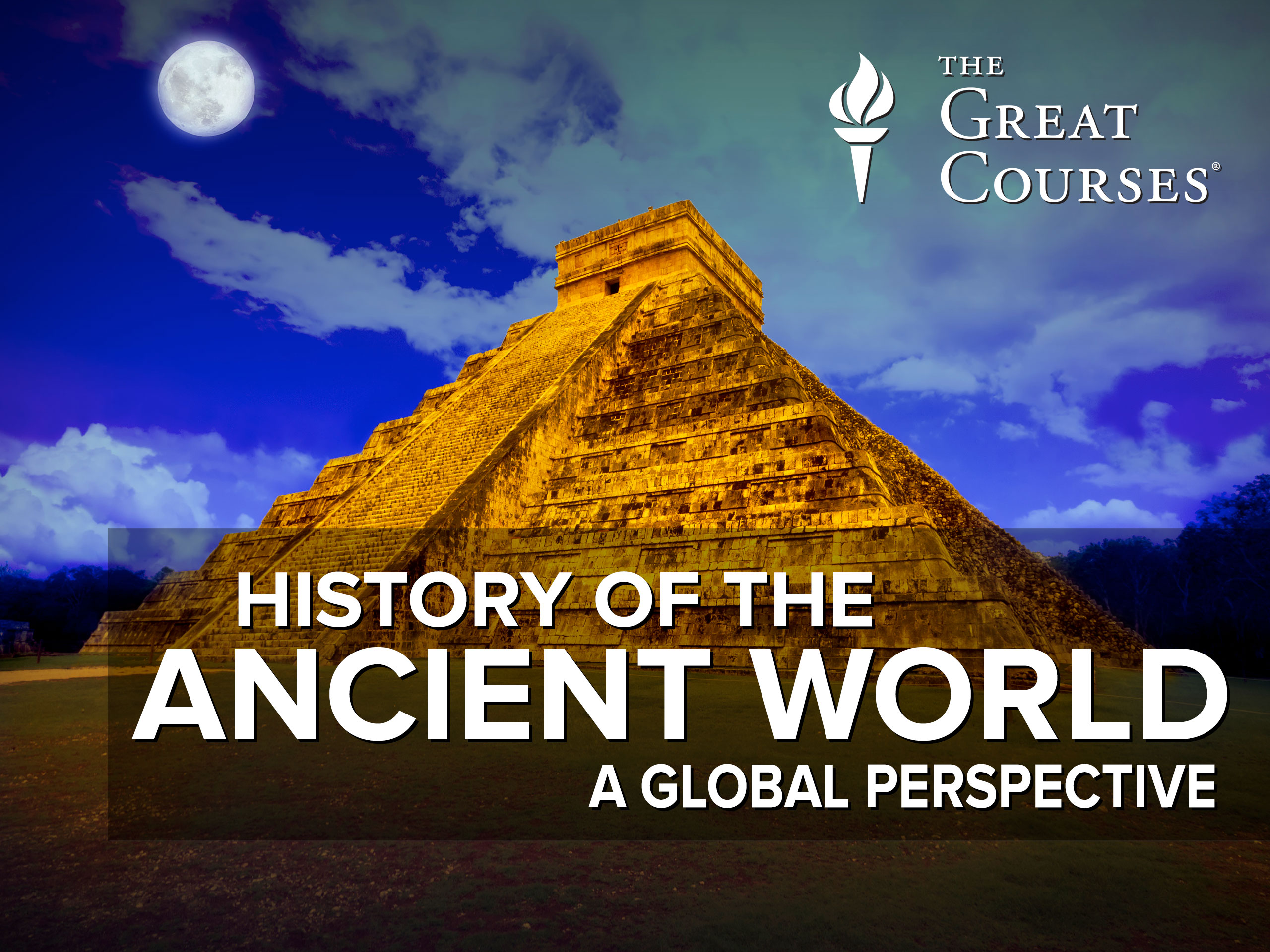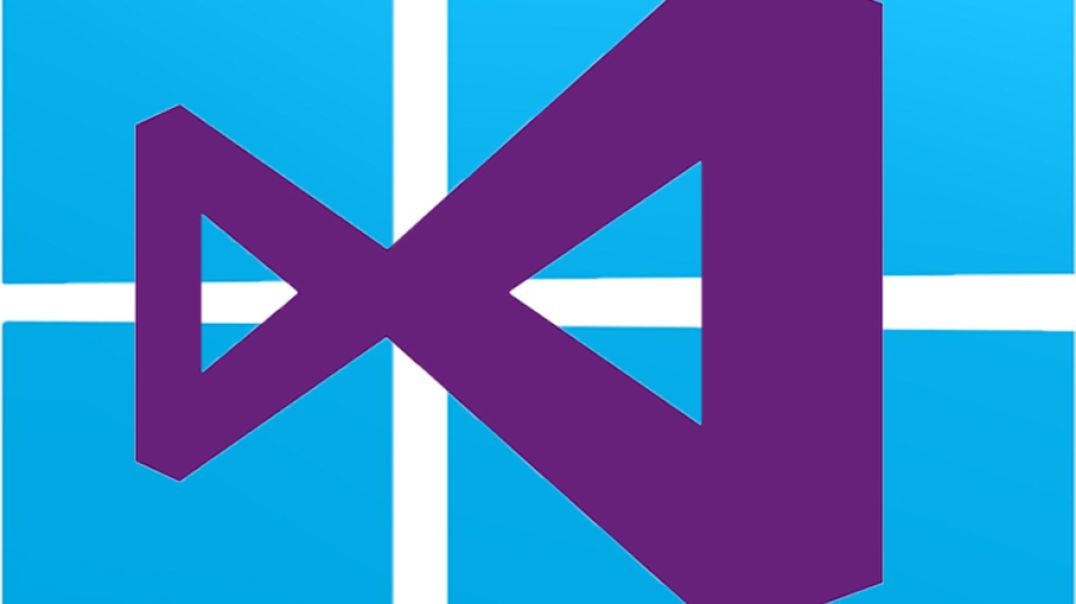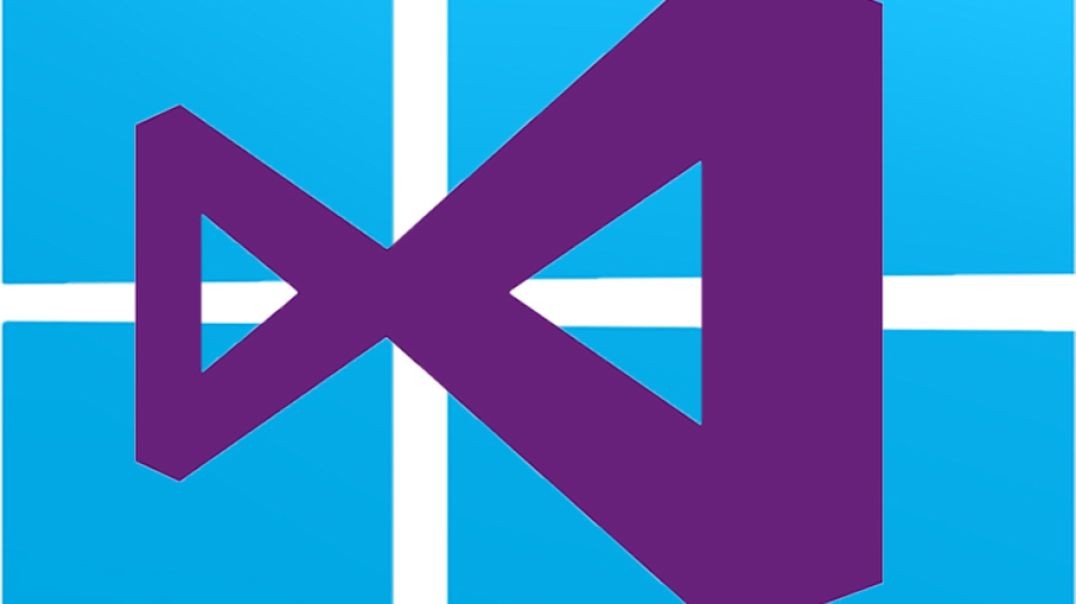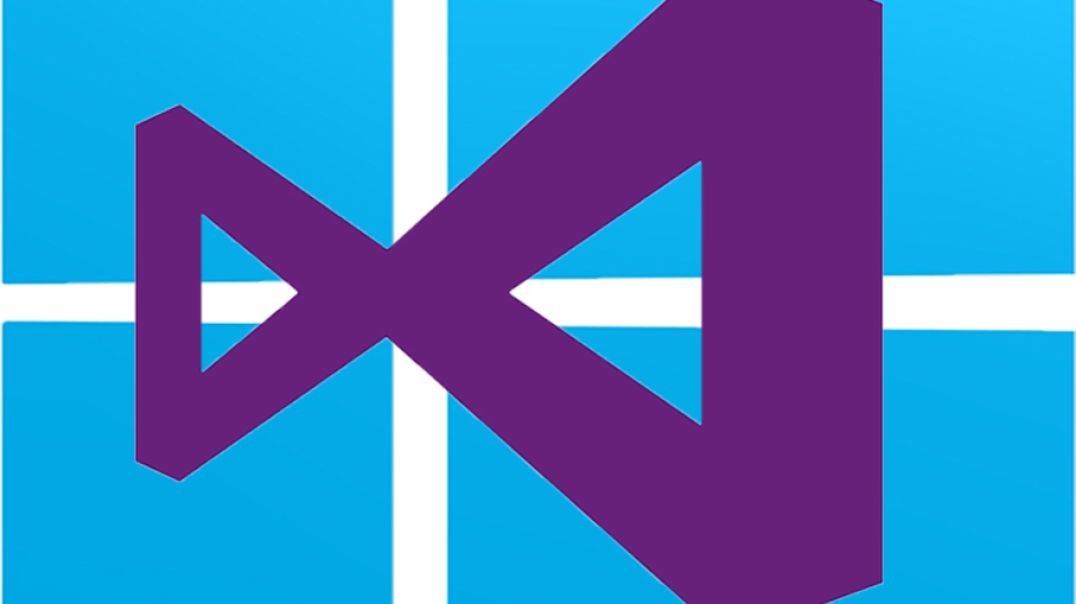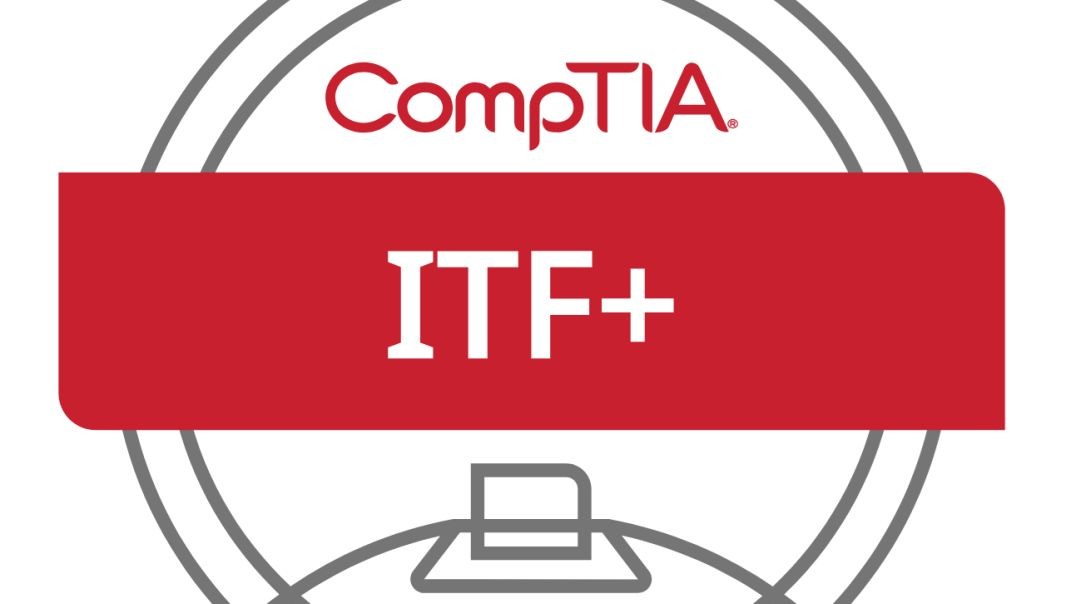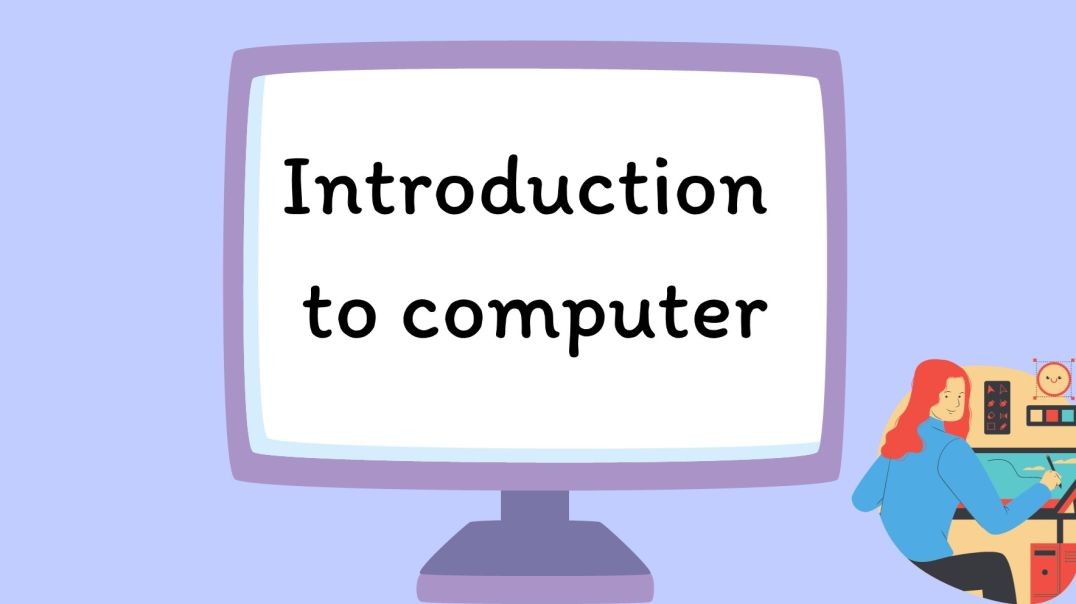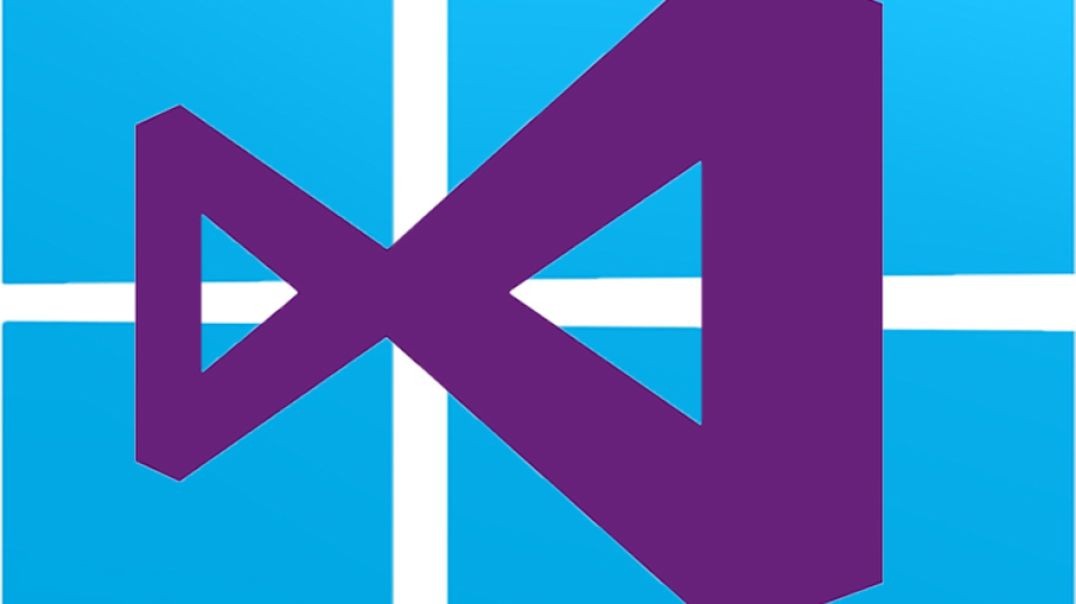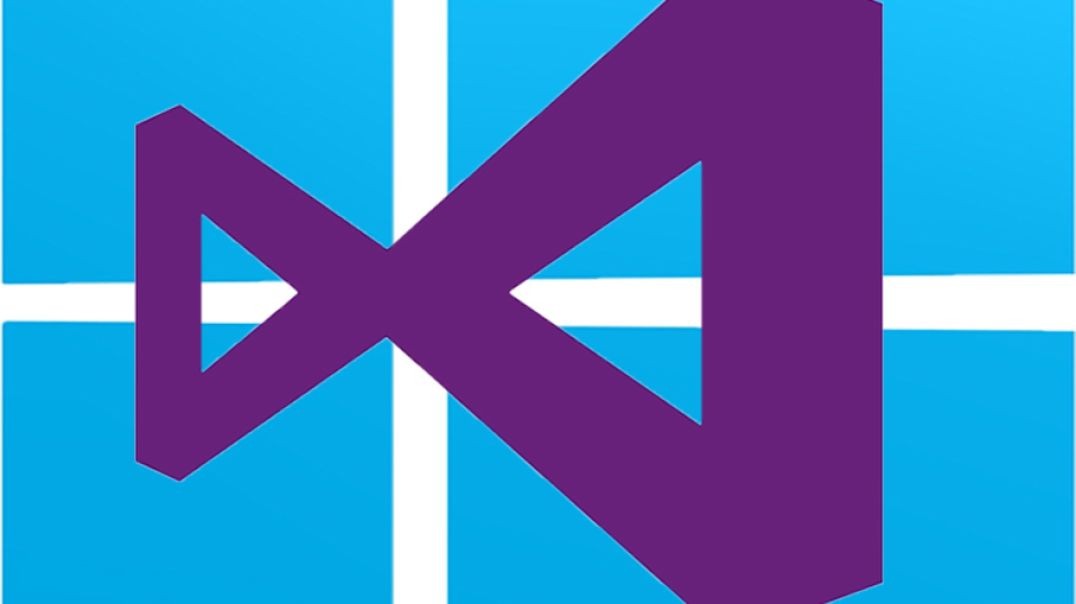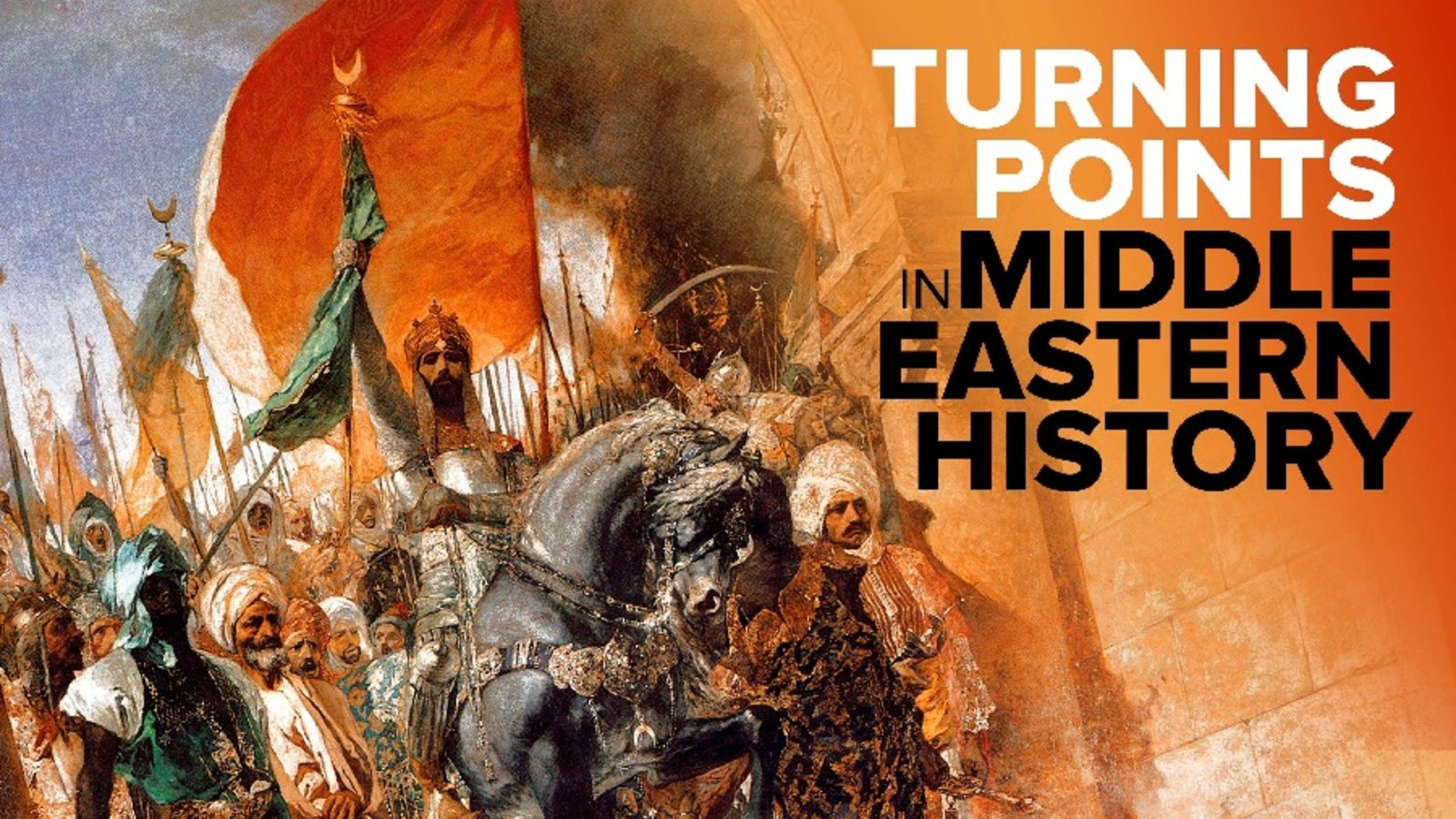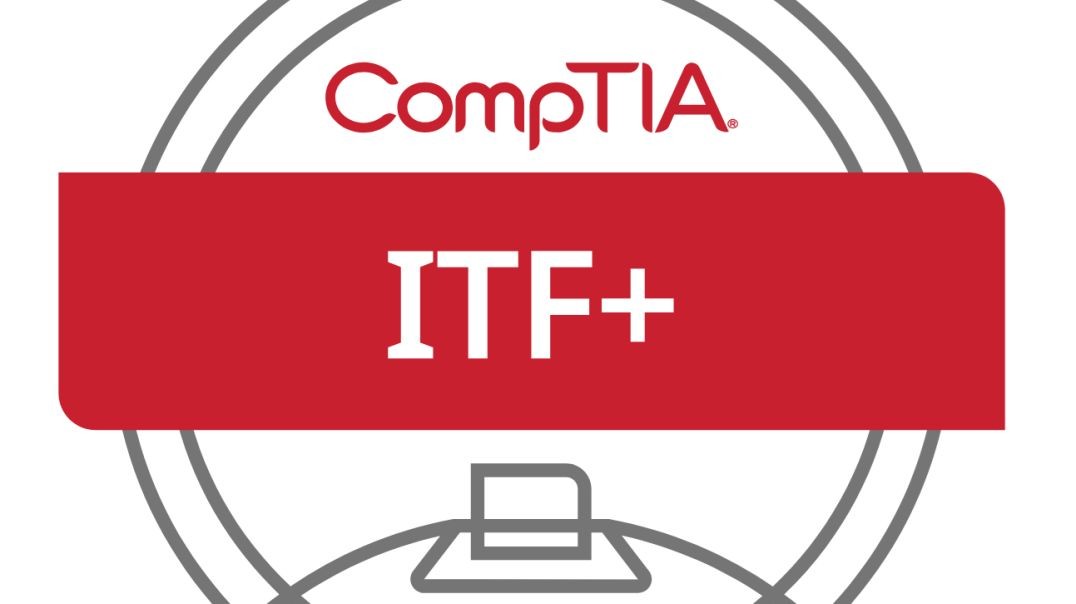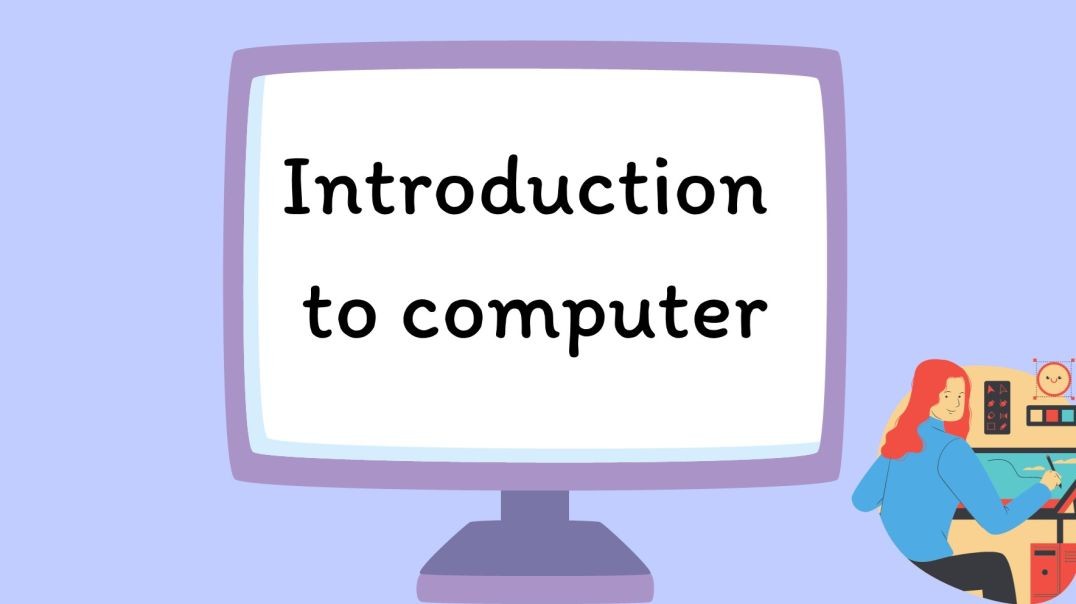Top videoer
Part 29 of C# .NET Bootcamp: Basic Variable Scopes
In this lesson, you will learn about basic variable scopes, how they can get accessed and how to use them
In the late 500s, Japan began an unprecedented project of state building that evolved into the highly centralized, emperor-led Ritsuryō state. As you examine the state's laws and accomplishments, you'll uncover how this political centralization was actually inspired by - and responded to - the emergence of powerful states in China and Korea.
Greece's most famous city-state is often praised for its creation of democracy. You examine the origins of that system and discover some surprising revelations, including the seminal role played by an instance of spurned affection and perhaps the earliest example of stuffing a ballot box.
Part 26 of C# .NET Bootcamp: Conditionals
In this lesson you will learn about using conditionals branching in C#
Part 23 of C# .NET Bootcamp: String Parsing
In this lesson, you will learn about how to parse string inputs.
Part 02 of Computer Networking Fundamentals: Local Area Networks
Local Area Networks
At the end of this episode, I will be able to:
- Describe the components and attributes of a local area network.
Learner Objective: Describe the components and attributes of a local area network
Description: In this episode, the learner will identify the components and attributes of a local area network.
- Introduction to Network Infrastructure
- Local area networks (LAN)
- What is a network? - A group of computers, connected to common network links for the purpose of communication and sharing resources.
- What are LANs? - A network comprising a single geographical region.
- Components
- Client workstations
- Laptops
- Mobile devices
- Servers
- Cabling - bounded transmission media
- Standardized media
- Copper or fiber
- Connectivity or intermediate devices (Access points, switches, routers)
- Network Models
- Host-based - a centralized powerful computer performs all storage and processing of data. User inputs are captured from terminals, output is displayed on the terminal.
- Client/Server - The most popular network model in modern networks, in which computers called clients request services and resources from other computers. Servers are the computers in a client/server network that respond to and provide services based on client requests.
- Peer-to-peer - a decentralized network model in which every device evenly (peer) shares the various functions of the network (requesting resources and providing resources).
- Local area networks (LAN)
Part 09 of C# .NET Bootcamp: What You Can Build Using .NET?
In this lesson, you are going to learn about what applications you can build using the .net platform.
CompTIA IT Fundamentals+ Course | Module 10 Part 3: Process and Service Management
Module 7 Part 5: Digital Etiquette and Emerging Skills
CompTIA IT Fundamentals+ Course | Module 12 Part 8: Removing or Uninstalling Application Software
CompTIA IT Fundamentals+ Course | Module 7 Part 10: Accessing Websites
Part 31 of C# .NET Bootcamp: Classes and Objects
In this lesson, you will learn about classess and objects, how you can define them and how to use them correctly.
Part 46 of C# .NET Bootcamp: Enumeration in C#
CompTIA IT Fundamentals+ Course | Module 15 Part 4: Programming Languages
Investigate the achievements of this most fearsome and pivotal of Ottoman rulers. Learn how Selim vanquished the threatening Safavid Empire after violently wresting power from his father. Track his dramatic expansionist policy, tripling the Ottoman territories in less than a decade, and his defeat of the Egyptian Mamluks, becoming the first Ottoman Caliph.
CompTIA IT Fundamentals+ Course | Module 6 Part 1: Devices and Peripherals
From 700 to 500 B.C., thinkers around the world began to turn to fundamental philosophical questions. This lecture focuses on those whose concerns addressed this world and its pragmatic issues through rational inquiry, including Confucius, the Legalists, and the Greek philosophers known as the Ionian Rationalists.
CompTIA IT Fundamentals+ Course | Module 7 Part 9: Domain Name System (DNS)
Considered by many scholars to be the finest writer of Arabic prose who ever lived, al-Jahiz was a brilliant stylist and author of more than 200 works, many of which survive today. In this lecture, you will uncover the origins of Arabic writing before turning to the life and works of al-Jahiz.
Module 7 Part 1: Introduction to Digital Literacy and Essential Tools
